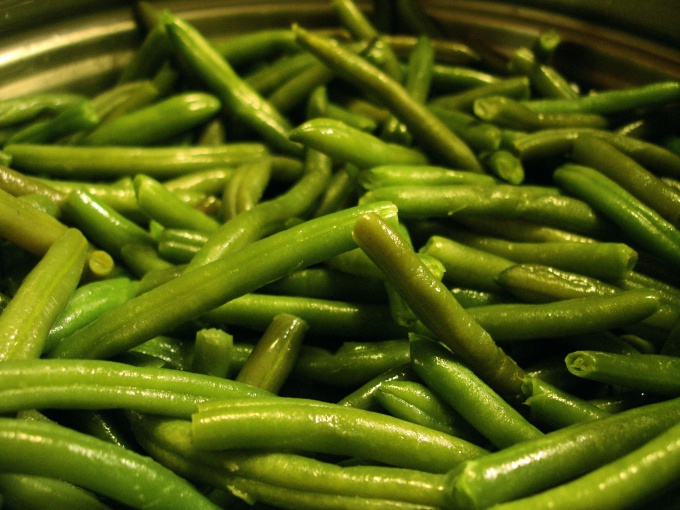Instruction
1
The soil preferably in the autumn to be prepared to make phosphate and potash fertilizers, and if necessary, you can even make organic fertilizers. Then dig the soil, and spring again, make the fertilizer and re-dig.
2
Before planting the plants moderately moisten the soil. Beans loves heat, so the area where it will grow should be protected from the wind. The plant develops well at temperatures below +20°C.
3
Before sowing the bean seeds soak in warm water and place it in gauze bags for sprouting. When you see the little sprouts start to planting: put seeds at a depth of 2-5 cm Distance between rows should be at least 25-40 cm, and between holes – 7-10 see
4
Visivite beans in early June (along with cucumbers), with the establishment of permanent heat. The seeds sown do not forget a good drink. To plant seeds you may, just remember to cover the beds with a film which must be removed in early June.
5
Seedlings expect the first 15-25 days after sowing. Inspect the seeds in the hole you need to leave only one, the best of all.
6
Once the bean seedlings have reached 10 cm in height, they need a little Spud. In addition do not forget to regularly water the beans, weed the weeds, and loosen the space between rows of plants. To increase yield and increase in the content of protein in beans feed beans, potash and phosphate fertilizers.
7
For climbing varieties of beans pitch props that tie the tops of the shoots so that they are not rolling on the ground, where they are quite easy to damage.
8
Different varieties of beans begin to bear fruit at different times. Early varieties yield already 45-60 days after the first germination. Middle-ripening varieties fruit after 85-100 days, late-ripening varieties – after 100-130 days.
9
The beans the plant produces repeatedly, with July to September, you want to pick them while the sash is still soft, juicy and slightly unripe. Cluster of fleshy green beans are especially valuable for conservation, and the thin twine the beans used for cooking stews and soups.
Note
Young beans are very sensitive to cold, during which it is necessary to cover special material. Adult plants can withstand light frosts.
Useful advice
If you chose a climbing variety of beans, follow the length of the shoots. As soon as they reach a length of 2 m, the tip need prisant, or simply will not yield.
